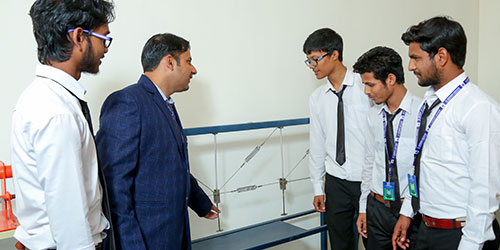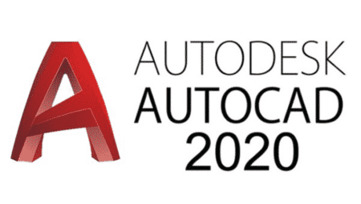5 Years
course - Approved by
COA (COUNCIL OF ARCHITECTURE)
St. Andrews College of Architecture & Planning (SACA) offers undergraduate program Bachelor of Architecture (B.Arch) is a five-year undergraduate program that focuses on the art and science of designing and constructing buildings and other physical structures. The program is approved by the Council of Architecture (COA), Government of India, and affiliated with Gurgaon University.
Here's an overview of what you can expect from such a program:
-
Fundamental Design Courses: These form the core of the curriculum and focus on teaching the principles of architectural design. Students learn about spatial relationships, form, structure, materials, and environmental considerations.
-
Technical Courses: Students delve into the technical aspects of architecture, including courses on construction methods, building systems, structural design, and architectural technology. This part of the curriculum emphasizes the practical skills needed to bring architectural designs to life.
-
History and Theory of Architecture: Understanding the historical and theoretical aspects of architecture is crucial for aspiring architects. Courses in architectural history explore different styles, movements, and influential architects throughout history, while theory courses encourage critical thinking and conceptual exploration.
-
Building Codes and Regulations: Architecture is a highly regulated field, and students learn about building codes, zoning laws, and other regulations that govern the design and construction of buildings.
-
Studio Courses: Studio courses are a hallmark of architecture education. These are hands-on, project-based courses where students work on design projects under the guidance of faculty members. Studios allow students to apply theoretical knowledge to real-world design challenges and develop their design skills.
-
Digital Tools and Technologies: With advancements in technology, architects now rely heavily on digital tools for design and visualization. Students learn to use software like AutoCAD, Revit, SketchUp, and Adobe Creative Suite to create digital models, renderings, and presentations.
-
Sustainability and Environmental Design: Given the increasing emphasis on sustainability in architecture, many programs include courses on green building practices, energy-efficient design, and sustainable materials.
-
Professional Practice: Towards the end of the program, students typically take courses on professional practice, which cover topics such as project management, architectural contracts, ethics, and licensure requirements.
Why Choose SACA for B.Arch:
- Innovative Teaching Methods: Our project-based approach and interactive teaching methods ensure a dynamic and engaging learning experience.
- Vibrant Campus Life: Our campus offers a vibrant community with various student clubs, cultural events, and sports facilities, fostering holistic development.
Faculty
SACA boasts a team of highly qualified and experienced faculty members who bring a wealth of knowledge from both academia and industry. Our professors are dedicated to providing personalized attention, fostering a nurturing learning environment, and guiding students through their academic journey.
Facilities
Our state-of-the-art campus is equipped with modern facilities to support the B.Arch program:
- Design Studios: Spacious and well-equipped studios where students can work on their design projects.
- Computer Labs: Equipped with the latest software and technology for CAD and other design applications.
- Library: A vast collection of books, journals, and digital resources focused on architecture and related fields.
- Workshops: Facilities for model-making, carpentry, and other hands-on construction activities.
Career-Oppotunities
- Architectural Designer
- Urban Designer
- Interior Designer
- Landscape Architect
- Sustainable Design Consultant
- Construction Manager
- Project Manager
- Architectural Technician
- Building Information Modeling (BIM) Specialist
- Historic Preservation Specialist
Skills Developed
- Design and Visualization: Creating architectural drawings and models.
- Technical Proficiency: Using software tools like AutoCAD, Revit, and other architectural design tools.
- Analytical Thinking: Solving complex architectural problems.
- Communication: Presenting design concepts effectively to clients and stakeholders.
- Project Management: Managing architectural projects from conception to completion.








